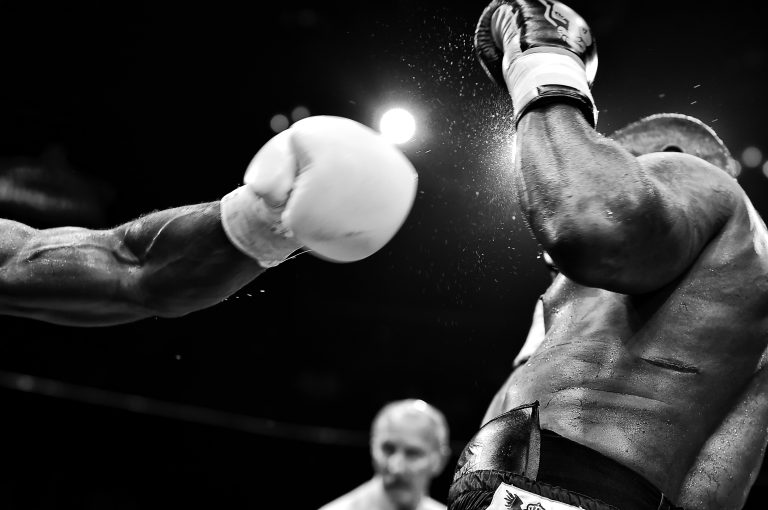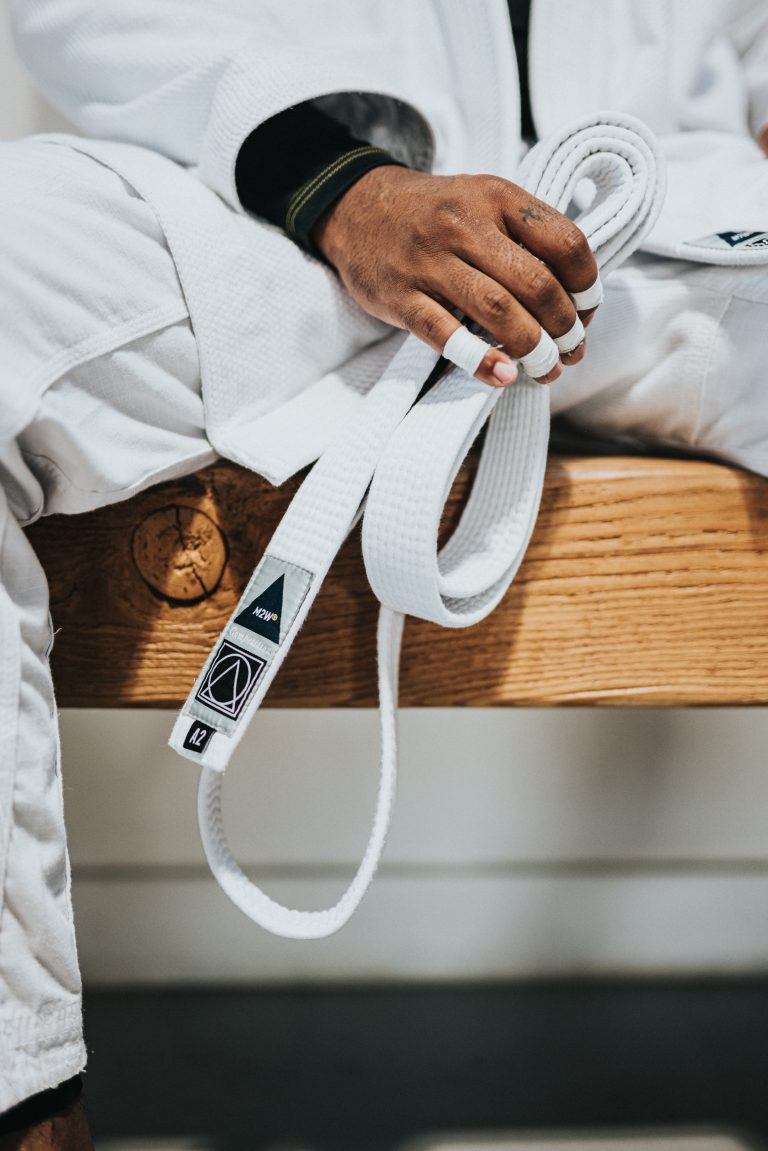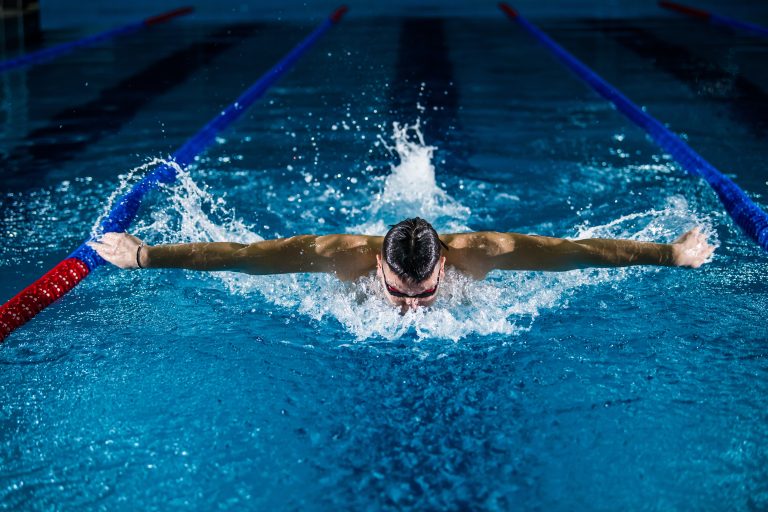Karate: What is the difference between Kata and Kumite?
Karate is a traditional Japanese martial art that uses deadly strikes such as punches, kicks, and knee strikes. It has two main forms of practice; Kata and Kumite. While they may seem the same, there are differences between the two. In this post, we will explore those differences and discuss why they are important.
What is Kata?
Kata is a solo form where you perform a sequence of moves in a particular order. It is a pre-arranged set of movements designed to simulate a fight against one or more attackers. It is like practicing a fight against an imaginary opponent. The techniques in each Kata are meant to be practical and teach the participant how to react to various fighting scenarios.
What is Kumite?
Kumite, on the other hand, is a sparring match between two karateka. It is a way to test techniques in a real-life scenario, where the opponent is moving and reacting dynamically. Kumite can be divided into two types; Ippon Kumite, and Jiyu Kumite. Ippon Kumite is a pre-arranged sparring sequence, where one karateka defends against an attacker who uses a predetermined attack sequence. Jiyu Kumite is a free sparring match, where both karateka are free to use any Karate techniques, as long as they follow certain rules.
The difference between Kata and Kumite
The most significant difference between Kata and Kumite is that Kata is performed solo, whereas Kumite is a sparring match between two karateka. In Kata, one practices a set of techniques in a predetermined sequence while Kumite focuses on the application of those techniques to real-life scenarios. Kata is like practicing how to fight against an imaginary opponent while Kumite is more like a real-life fight.
Another difference is the rules governing each practice. Kata has no rules, whereas Kumite has a set of rules to ensure the safety of the participants. The rules in Kumite can vary depending on the style of Karate that is being practiced. For example, one Karate style may allow punches to the face, while another may not.
Why are both practices important?
Both Kata and Kumite are essential to developing as a Karateka. Kata teaches the participant various techniques that can be applied to real-life scenarios. It also helps improve one’s form, balance, and coordination. On the other hand, Kumite is a practical way to test those techniques in a real-life scenario.
Additionally, Kumite helps improve spatial awareness, reaction time, and defensive and offensive techniques. It is also a great way to learn how to stay calm and focused during a fight.
Conclusion
Kata and Kumite are both essential practices in Karate. Kata is like practicing how to fight against an imaginary opponent while Kumite is more like a real-life fight. While they may seem different, they work together to improve one’s overall Karate skills. By practicing Kata and Kumite, Karateka can become more proficient in their techniques, more confident in their abilities, and better prepared to handle real-life situations.
Karate: What is the difference between Kata and Kumite?
Karate is a Japanese martial art that focuses on self-defense and hand-to-hand combat. It emphasizes on powerful strikes, kicks, and various blocking techniques. Kata and Kumite are two essential components of karate practice, and they are often misunderstood or mixed up.
In this post, we will explore the difference between the two concepts, their significance in karate, and how they are central to the art of karate.
What is Kata?
Kata means „form“ or „pattern“ in Japanese. It is a sequence of prearranged movements that simulate a defense against imaginary opponents. Kata is generally performed solo and consists of several moves, each with a specific purpose.
Kata is essential for the practice of karate as it helps karatekas (practitioners of karate) to develop mental focus, physical strength, and technique. It is a way of ingraining karate techniques in one’s muscle and nerve memory, so they are readily available in a real-life situation.
Kata is also an opportunity for karatekas to demonstrate their skills to others, to showcase their strong techniques, and to focus on the principles of karate such as fluidity, power, good posture, and rhythm.
What is Kumite?
Kumite is a sparring practice in which two karatekas simulate a real-life combat situation. Kumite is an essential part of karate training as it helps karatekas test their techniques and tactics under pressure, develop speed and reaction time, and understand the principles of distance, timing, and breathing.
Kumite can be divided into several categories, such as:
1. Ippon Kumite – one-step sparring with a pre-arranged attack and defence
2. Sanbon Kumite – three-step sparring with a pre-arranged attack and defence
3. Jiyu Kumite – free sparring with no pre-arranged movements.
Kumite is an opportunity for karatekas to apply their technique in a realistic situation, to understand their strengths and weaknesses, and to identify areas for improvement.
The Key Differences between Kata and Kumite
The major difference between Kata and Kumite is that Kata is a predetermined set of movements that are performed individually, while Kumite is a dynamic combat practice that simulates real-life combat scenarios with an opponent.
Kata is an opportunity to practice and improve karate techniques and ingrains them in muscle memory. Kumite, on the other hand, is an opportunity to test and evaluate the application of those techniques in a real-life scenario.
Another major difference is that Kata is judged based on the efficiency of the movements, the form, and the fluidity of technique, while Kumite is judged based on the ability to strike and defend effectively.
The Importance of Kata and Kumite in Karate
Kata and Kumite are two mutually beneficial components that make karate a complete martial art. Kata develops the foundation of karate techniques, such as breathing, posture, rhythm, focus, and power.
Kumite, on the other hand, builds on that foundation and allows karatekas to test, refine, and apply those techniques in real-life situations. Kumite also helps to develop a better understanding of speed, distance, timing, and breathing that is essential in any combat situation.
Both Kata and Kumite are essential to the development of a well-rounded karateka. However, they serve different purposes in karate practice, and each has its own unique benefits. Therefore, both should be practiced regularly for the complete development of one’s karate skills.
Conclusion
Karate is a martial art that is based on a combination of Kata and Kumite components. Kata is a prearranged sequence of movements that are performed individually, while Kumite is a sparring practice that simulates a real combat situation against an opponent. Both Kata and Kumite are essential parts of karate training, and they develop different aspects of one’s karate skills.
Kata helps to develop the foundation of karate techniques and ingrains them in muscle memory. Kumite, on the other hand, builds on that foundation and allows karatekas to test, refine, and apply those techniques in a real-life situation. By regularly practicing both Kata and Kumite, karatekas can develop a complete set of skills necessary for self-defense and everyday life.
Inhaltsverzeichnis






